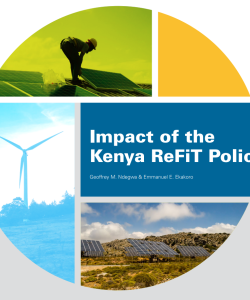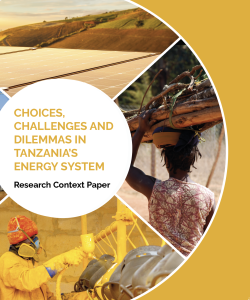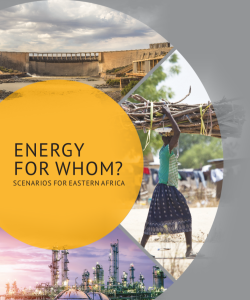
Impact of the Kenya ReFiT Policy
Kenya has overtime formulated and effected a number of policies to govern the energy sector which laid foundation for separation of generation from transmission and distribution in the electricity sub-sectors. The REFiT policy was one of the policies formulated as an instrument to promote investment and generation of electricity from renewable sources.
The policy was designed based on the targets set out in the country’s long-term national planning strategy 2012–2030 of generating 5530 MW from geothermal power, 1000 MW from biomass, 200 MW from wind, and 300 MW from small hydro. Kenya was introduced to the FiT system in 2008 for energy generation from renewable energy sources to provide investment security, encourage private sector investors in establishing of independent power production and reduce administrative and transaction costs. The initial policy covered wind (50MW), biomass (10MW) and small hydro plants (40Mw) but this did not attract investors as anticipated due to the unfavorable tariff ceiling and high cost of generating equipment’s and lack of financing.
To address these challenges the policy was revised in 2010 and 2012 to widen the scope and accommodate other green energy sources (Solar, Geothermal and Biogas) and setting up different tariffs for different technologies and system sizes. Although this policy has not been revised since 2012 as is the legal requirement every 3 years, it was ultimately codified into law through its addition into the Energy Act, 2019.
Since its inception in 2008 the FiT policy has only managed to bring in 10.3 MW of electricity to the grid and has also been criticized to not attract investors in the geothermal and biogas technologies as was initially conceptualized for this purpose.



